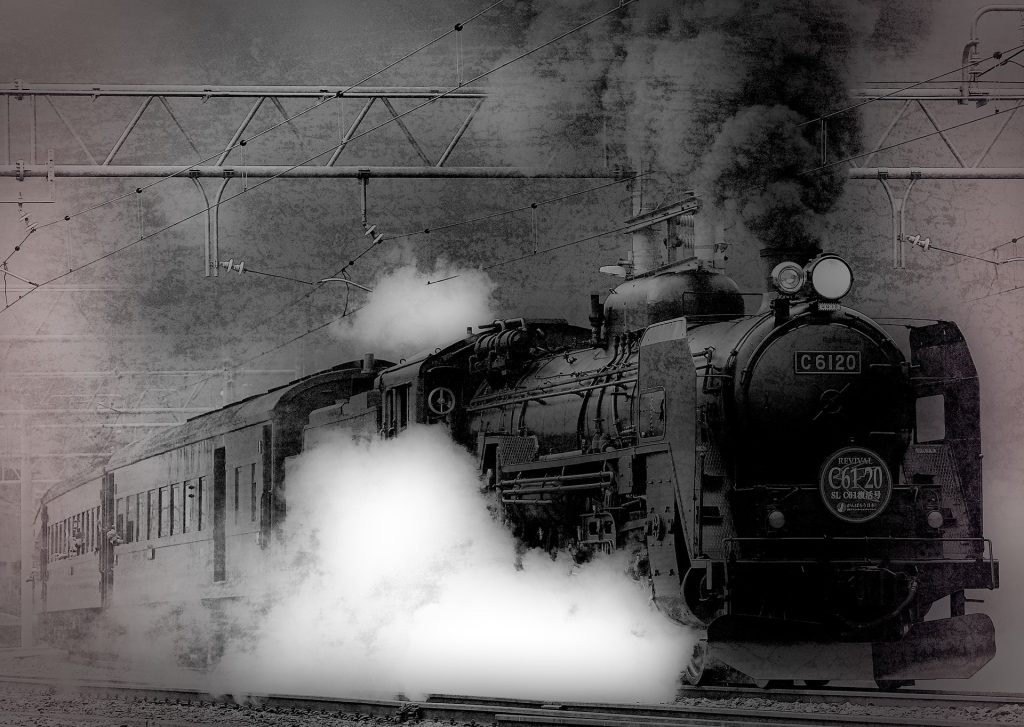
Photography has come a long way since its early beginnings in the early 19th century. Today, we take for granted the ability to capture and share high-quality images instantly, but the history of photography is one of remarkable innovation and invention. In this blog post, we’ll take a journey through the evolution of photography, from the first primitive cameras to the digital revolution of the 21st century.
The earliest known photograph dates back to 1826 when Joseph Nicéphore Niépce captured an image using a camera obscura and a pewter plate coated with bitumen. But it was Louis-Jacques-Mandé Daguerre who is credited with inventing the first commercially viable photographic process in 1839, which he called the daguerreotype. This technique involved exposing a silver-coated copper plate to iodine vapors, then exposing it to light to create a positive image. The daguerreotype was the dominant photographic process for the next two decades, and it was widely used for portraits and landscapes.
In 1851, Frederick Scott Archer introduced the wet-plate collodion process, which was a significant improvement over the daguerreotype. This process involved coating a glass plate with a mixture of collodion and chemicals, then sensitizing it to light before exposure. The wet-plate collodion process was much cheaper and more efficient than the daguerreotype, and it quickly became the preferred method of photography.
The next major innovation in photography came in 1888 when George Eastman introduced the Kodak camera. This camera was the first to use roll film, making it much easier to take multiple exposures without changing plates. The Kodak camera was also the first camera that was easy to use for non-professionals, and it helped to popularize photography as a hobby.
In the early 20th century, several other important advances in photography were made, including the introduction of color photography and the development of the 35mm camera. The latter was a major breakthrough in photography, as it allowed for smaller, more portable cameras that could take high-quality images.
The digital revolution of the late 20th century and early 21st century has transformed photography in ways that were once unimaginable. With the advent of digital cameras, film, and developing costs became a thing of the past. Today, anyone with a smartphone can take high-quality photos and share them instantly on social media.
The evolution of photography is a fascinating story of human ingenuity and technological innovation. From the earliest days of the daguerreotype to the digital cameras of today, photography has come a long way. And who knows what exciting new developments the future may hold for this constantly evolving medium?